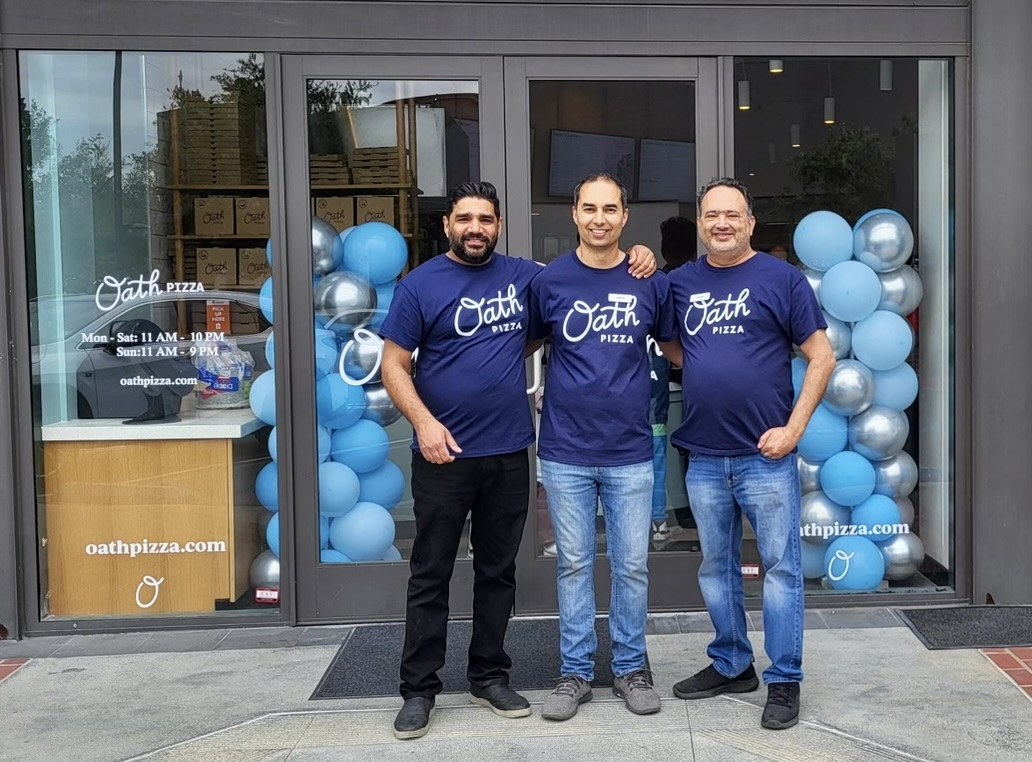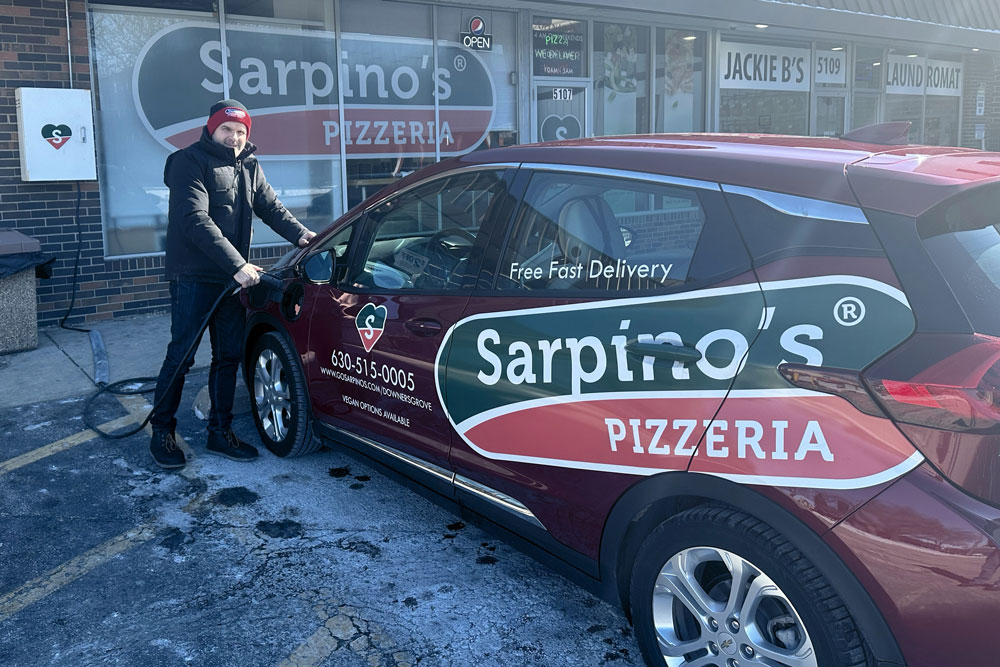Photo by Austin Distel on Unsplash
A successful business mindset encompasses a positive attitude, a thirst for knowledge, resilience, and an unwavering commitment to learning and growing. Alongside motivation and inspiration, these elements are the driving forces that propel entrepreneurs forward in the competitive business world.
Cultivating the Right Business Mindset for Success in Today’s Competitive World
By Gary Occhiogrosso – Founder and Managing Partner – Franchise Growth Solutions
Introduction
A proper mindset is crucial for success in today’s fast-paced and highly competitive business landscape. Beyond having a solid business plan and market strategy, entrepreneurs must foster a mindset that embraces motivation, inspiration, and resilience to navigate challenges and attain their goals. This blog will delve into the essential components of a successful business mindset and discuss how motivation and inspiration play pivotal roles in driving entrepreneurial success.
The Power of a Positive Mindset
A positive mindset is the foundation of success in any business venture. Cultivating a can-do attitude and believing in the potential for growth and achievement can significantly impact the outcomes. Even during tough times, maintaining an optimistic outlook enables entrepreneurs to find innovative solutions and opportunities amidst adversity.
Embracing Continuous Learning
In the dynamic business world, learning is an ongoing process. Successful entrepreneurs understand the importance of staying updated with industry trends, technological advancements, and market shifts. Continuous learning helps make informed decisions and fosters adaptability, an essential trait for thriving in today’s ever-changing landscape.
Setting Clear Goals and Objectives
Clarity in vision is essential for progress. Entrepreneurs should set clear, realistic, and achievable goals. Breaking down larger objectives into smaller milestones makes the path to success more manageable. It enables them to celebrate accomplishments along the way.
Resilience and the Art of Bouncing Back
Failures are an inevitable part of any business journey. Embracing failure as a learning experience and bouncing back with renewed determination sets successful entrepreneurs apart. Resilience fuels the strength to persevere through tough times and ultimately achieve long-term success.
Motivation: The Driving Force
Motivation is the fuel that keeps entrepreneurs going. Whether it’s the passion for their product or service, the desire to make a difference, or the need to create a legacy, motivation provides the energy to overcome obstacles and maintain focus on the end goal.
Inspiration: Fuelling Creativity and Innovation
Inspiration sparks creativity and innovation. Entrepreneurs should seek inspiration from various sources, such as industry leaders, success stories, or personal experiences. By thinking outside the box, they can discover groundbreaking solutions and carve a unique niche in the market.
Embracing Risk-Taking
Calculated risks are an integral part of entrepreneurial success. Fear of failure can hold back potential growth opportunities. Entrepreneurs should be open to taking well-considered risks, as they often lead to breakthroughs and significant rewards.
Building a Supportive Network
Surrounding oneself with a supportive network of mentors, advisors, and like-minded individuals can be invaluable. This network can provide valuable insights, guidance, and encouragement during challenging times.
Maintaining Work-Life Balance
Sustaining a successful business requires dedication and hard work, but neglecting personal well-being can lead to burnout. Striking a balance between work and personal life is essential for maintaining mental and physical health and enhancing productivity and creativity.
Celebrating Successes and Milestones
Amidst pursuing long-term goals, entrepreneurs should take time to celebrate small and significant victories. Acknowledging achievements boosts morale and instills confidence in their capabilities.
Summary
A successful business mindset encompasses a positive attitude, a thirst for knowledge, resilience, and an unwavering commitment to learning and growing. Alongside motivation and inspiration, these elements are the driving forces that propel entrepreneurs forward in the competitive business world. By cultivating these traits and continually striving for improvement, entrepreneurs can position themselves for sustained success.










